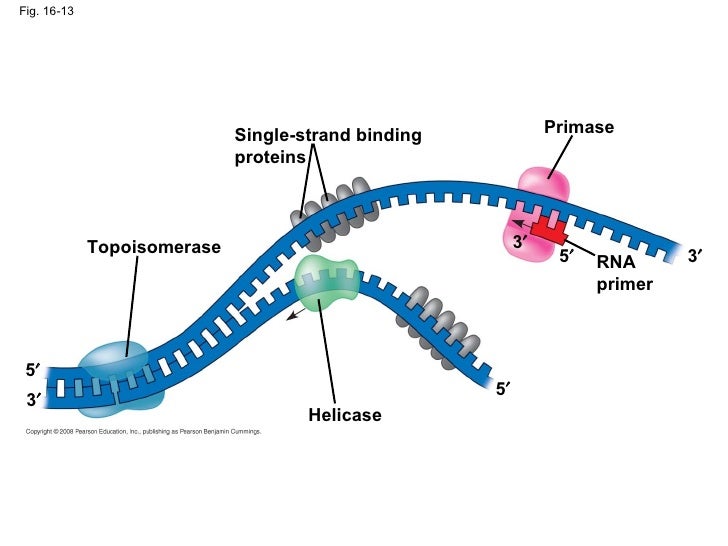
Thus, changes in the amino acid residues of the DNA-binding domain are also used by evolution and researchers to create transcription factors with novel DNA-binding characteristics ( Blancafort et al., 2004 Amoutzias et al., 2007 Joung and Sander, 2013).Ĭlass: Helix–loop–helix factors (bHLH) 1.3Ĭlass: Helix–loop–helix/leucine zipper factors (bHLH-ZIP) 1.4 In any case, variations in DNA-binding specificity are often observed within the same family, and these are most often due to changes in specific residues of the DNA-binding domain ( Berger et al., 2008 Noyes et al., 2008 Badis et al., 2009). Transcription factors that share the same type of DNA-binding domain (in other words, transcription factors from the same family) tend to have more similar DNA-binding specificities than those that belong to different families.

Accordingly, transcription factors are classified in families that usually receive the name of the respective DNA-binding domain ( Table 1.1 Stegmaier et al., 2004 Vaquerizas et al., 2009 Charoensawan et al., 2010). DNA-binding domains are named according to their structural characteristics, and most organisms contain several transcription factors that share the same type of DNA-binding domain. This facilitates structural studies of the isolated DNA-binding domains or their complexes with DNA using techniques that require low molecular weight proteins, like crystallization or NMR. Usually, the DNA-binding domain forms a module that can be separated from the rest of the transcription factor structure without losing activity. DNA-binding domains adopt different structures, and the interaction of these domains with DNA can be established through alpha helices, beta sheets, or disordered regions ( Figure 1.3 Pabo and Sauer, 1992).


 0 kommentar(er)
0 kommentar(er)
